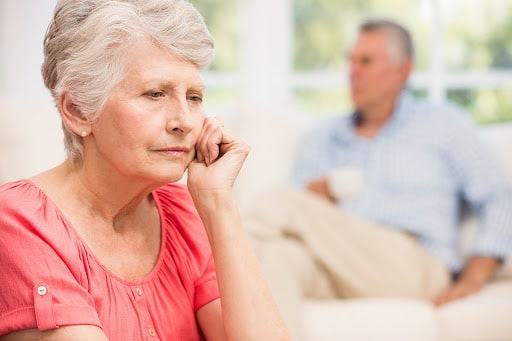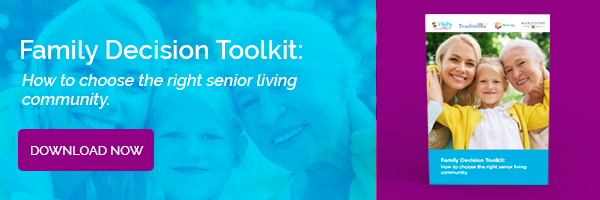Traditionally, most life changes in retirement have revolved around leaving the workforce, but increasingly many retirees are leaving their marriages, as well. In fact, the divorce rate for adults over 50 has nearly doubled since the 1990s, according to a Pew Research Center report. While these “gray divorces” are more common among those who’ve been married less than 10 years or those who are remarried, 34% are among those who’ve been in their marriage for at least 30 years. Regardless of the length of the marriage, the emotional shock of divorce can lead to isolation, depression, and even consequences to physical health. Here are some tips on how to cope and move forward after divorce during retirement.
Coping with Divorce During Retirement
Whether you or your spouse initiated the split, divorce is never easy. There are ways to make it easier to cope, including:
- Finding a support system – Ask your doctor or spiritual leader for a referral to a divorce support group, whether in-person or online. Also, lean on friends and family as well. If you become too overwhelmed with divorce during retirement, consider counseling to help you make a healthy transition.
- Maintaining your routine – Although your daily routine may be the last thing on your mind, it’s vital to continue to eat well, exercise, get enough sleep, and continue to engage in life. And be sure to keep up with preventative health measures, including regular checkups.
- Practicing self-care – Beyond your daily routine, you should also look for ways to destress and relax. Yes, it’s possible! You just have to be intentional about it. Consider meditating, reading, journaling, spending time in nature, taking long baths or other healthy options to help you decompress, and do so daily.
- Learning to let go – Once you’ve taken time to process and mourn the loss of your marriage, you can begin to let go. We know that’s easier said than done, but one way to do that is to start actively moving forward by finding yourself again. Invest more time in hobbies that you love, try things you’ve always wanted to do, and/or reconnect with friends and family with whom you’ve lost touch.
Moving Forward after a Gray Divorce
When you’re ready, another way to move forward after a gray divorce is to get back to the dating scene. Certainly, it’s much different than it was when you were in your 20s, but don’t fear, these tips can help:
- Try a dating app – Pew Research Center also reports that 19% of seniors aged 50-64 have used a dating app, and 13% aged 65 and older have as well. You’ve likely heard of match.com and eHarmony, but there are others designed specifically for adults 50 and older, including OurTime and SilverSingles.
- Ask your friends – Why not tell your friends and family when you’re ready to date again? They know you better than anyone and may know someone who’s also single that you have things in common with. Whether you are simply introduced to each other or officially go on a blind date, this may be a more comfortable way to get back out there.
- Active adult retirement communities – Single seniors actually move into active adult retirement communities at an estimated rate of 90% compared to couples. With benefits like a carefree lifestyle, scheduled activities, and a range of ways to socialize including meals together, there are ample opportunities to meet new people!
Check out our Active Adult Decision Guide to learn more. Or, contact us today to schedule your virtual tour!



